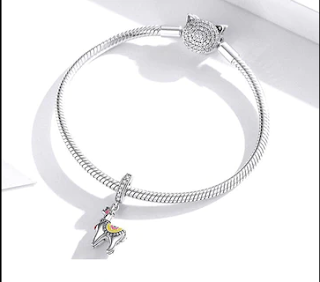Introduction to Jewelry Code
The History and Significance of Jewelry Code
Jewellery code dates back centuries, with ancient civilizations using it as a way to communicate covert messages. In ancient Egypt, for example, hieroglyphics were often carved into amulets and worn as protective symbols. These intricate pieces of jewellery not only served as adornments but also conveyed secret meanings known only to those initiated in the code.
Similarly, during the Renaissance period, jewellery code became popular among the nobility. Intricate designs and hidden compartments were used to send messages of love, loyalty, or even political alliances. The significance of jewellery code extended beyond mere fashion, becoming a powerful tool for communication in a time when words alone could be dangerous.
Famous Examples of Jewelry Code in History
One of the most famous examples of jewellery code is the Victorian era's "language of flowers." Each flower had a specific meaning attached to it, and people would communicate their feelings through the arrangement of flowers in their jewellery. For instance, a red rose symbolized love, while a yellow rose indicated friendship. This subtle form of communication allowed individuals to express their emotions without speaking a word.
Another notable example is the use of gemstones in the jewellery code. In ancient times, gemstones were believed to possess various mystical properties. For example, amethyst was associated with protection, while emerald was believed to promote good health. By wearing specific gemstones, individuals could convey their desires for protection or well-being.

Comments
Post a Comment